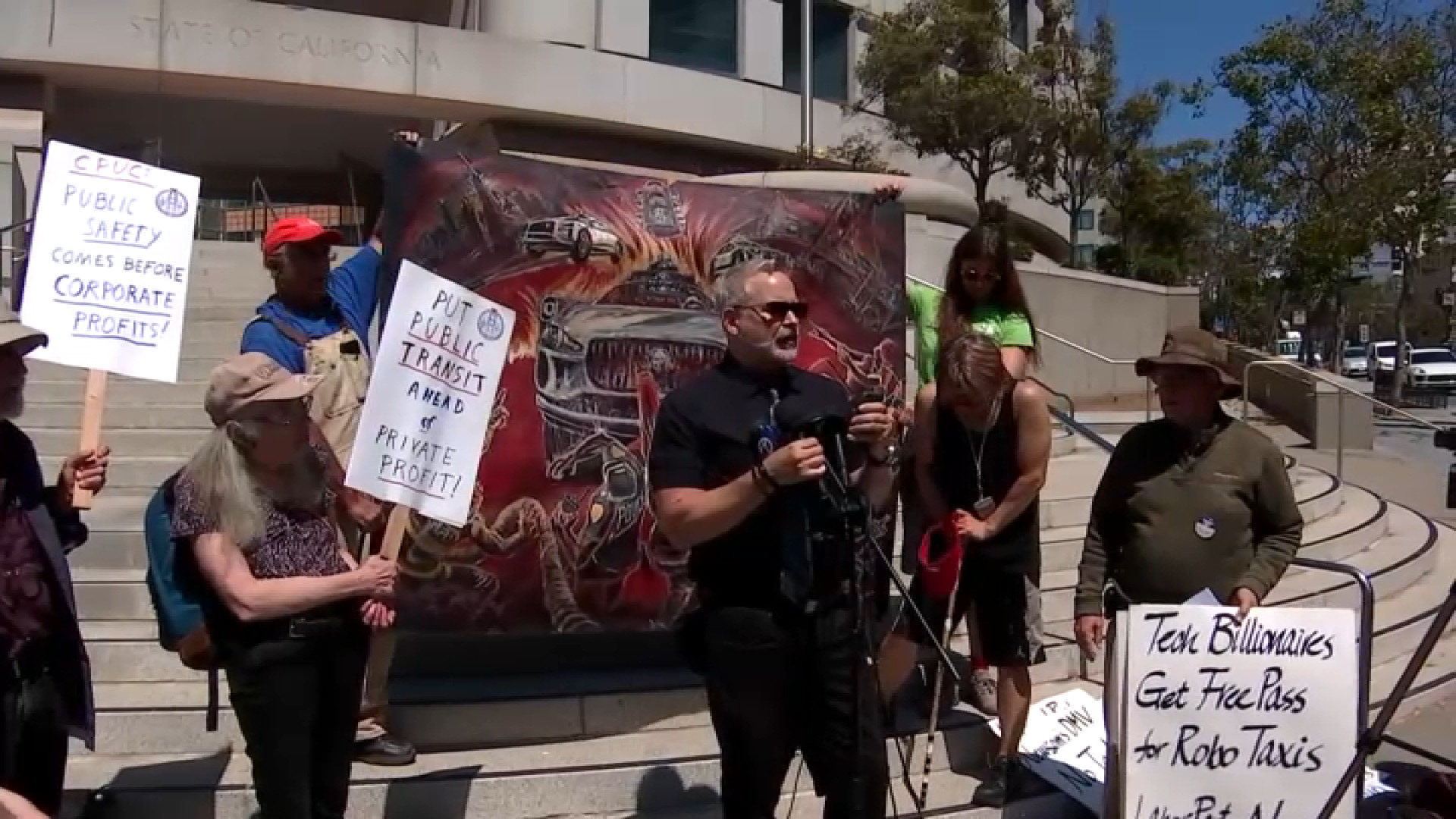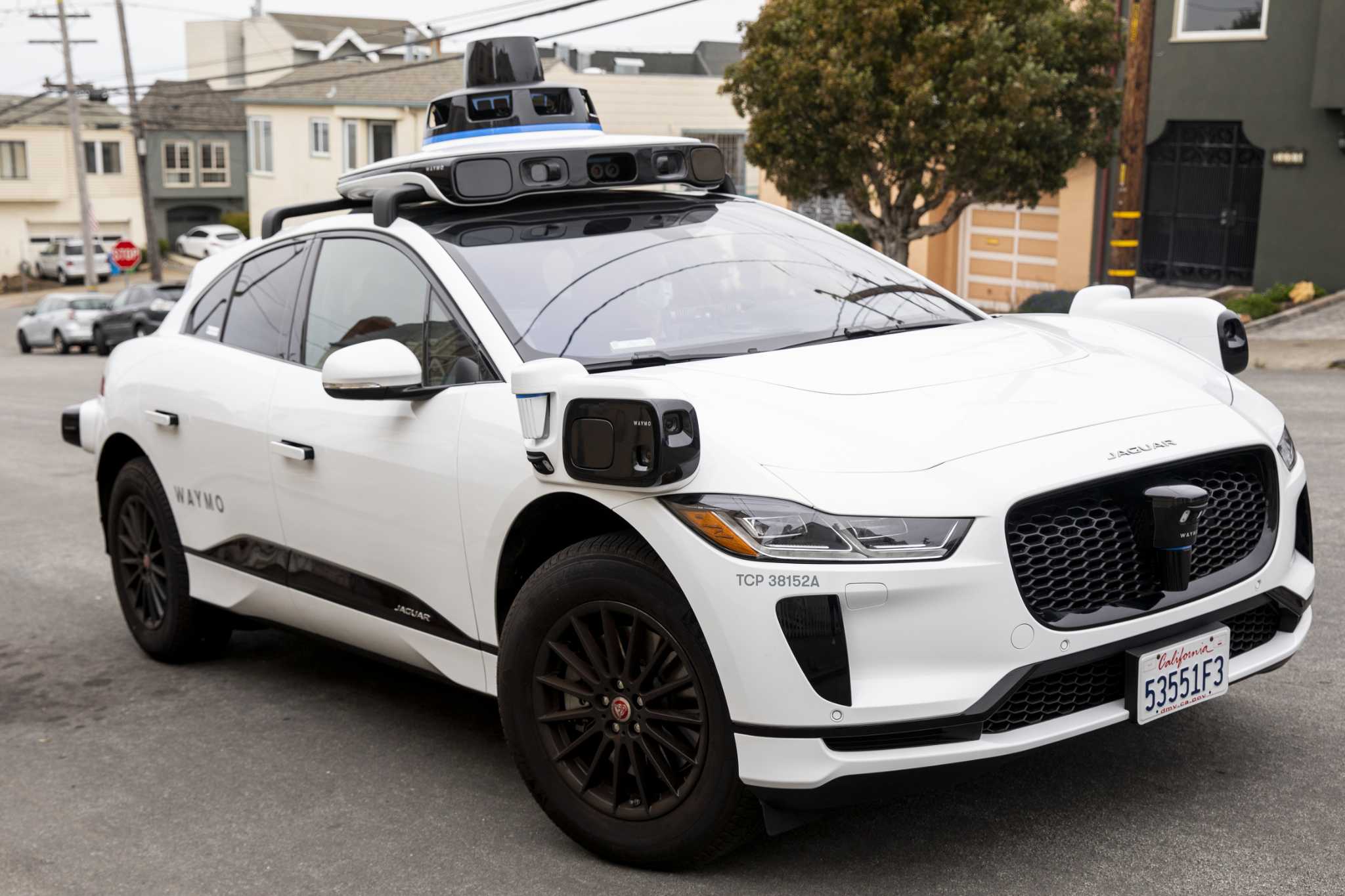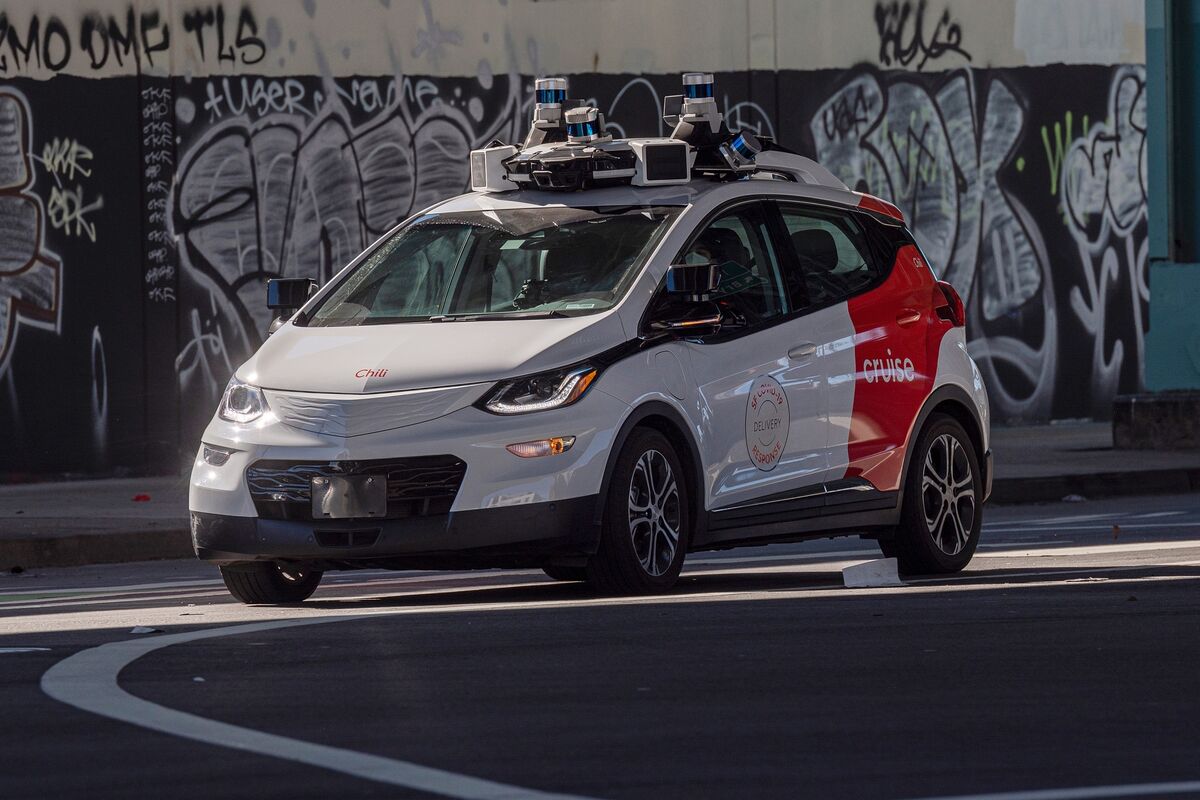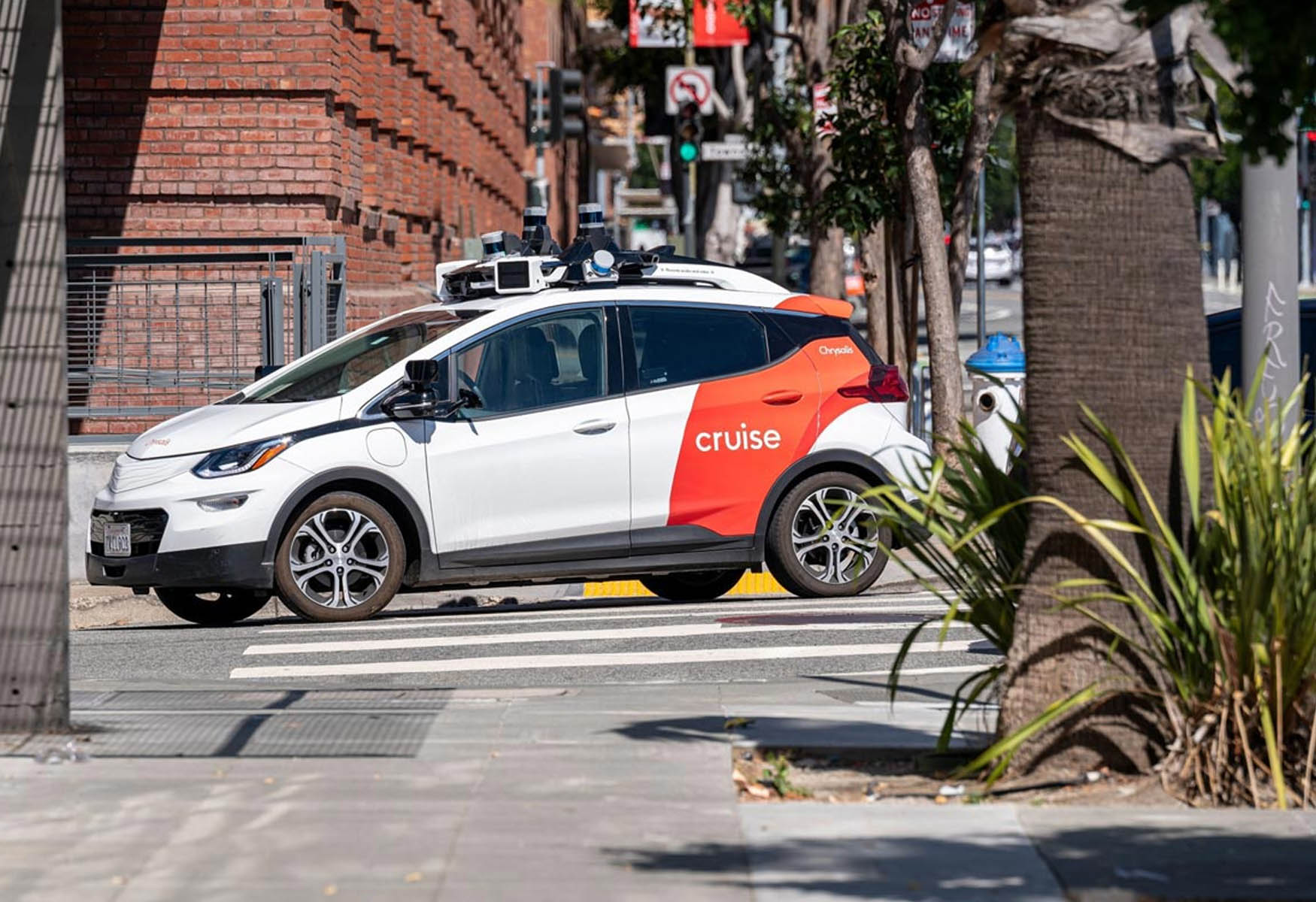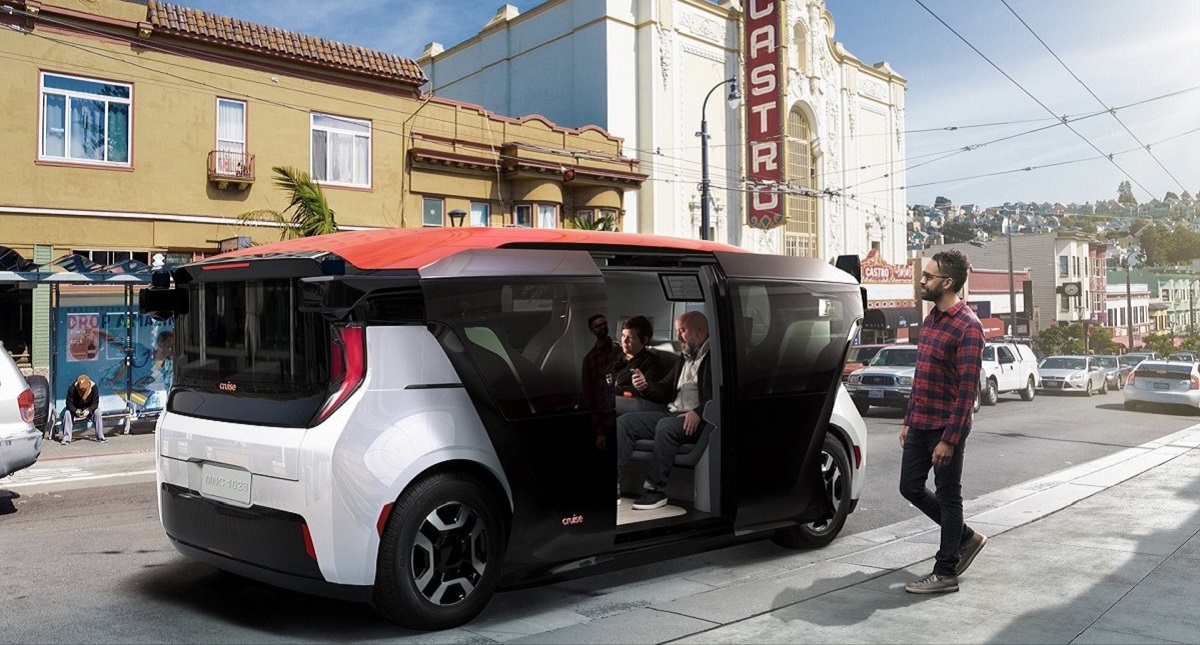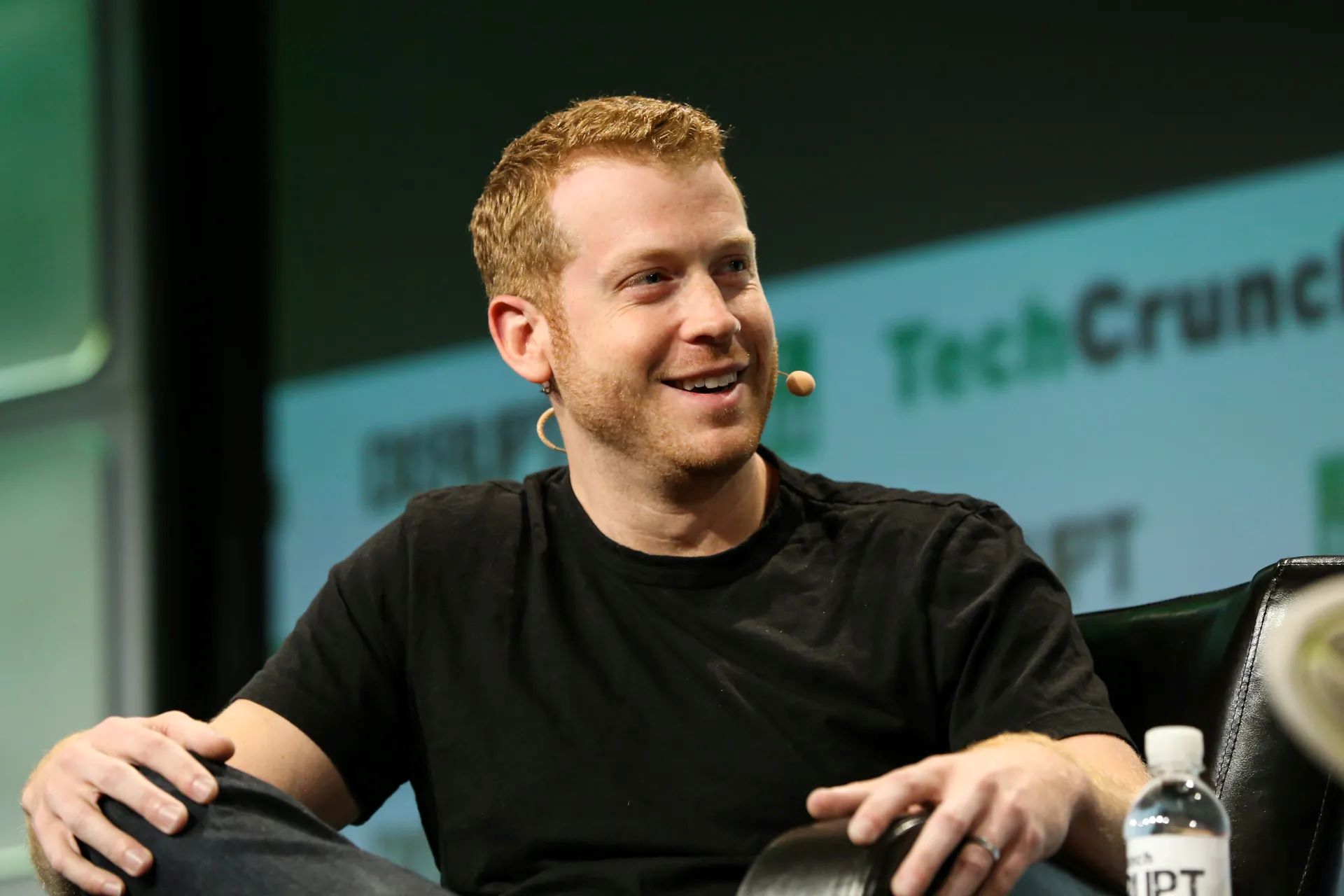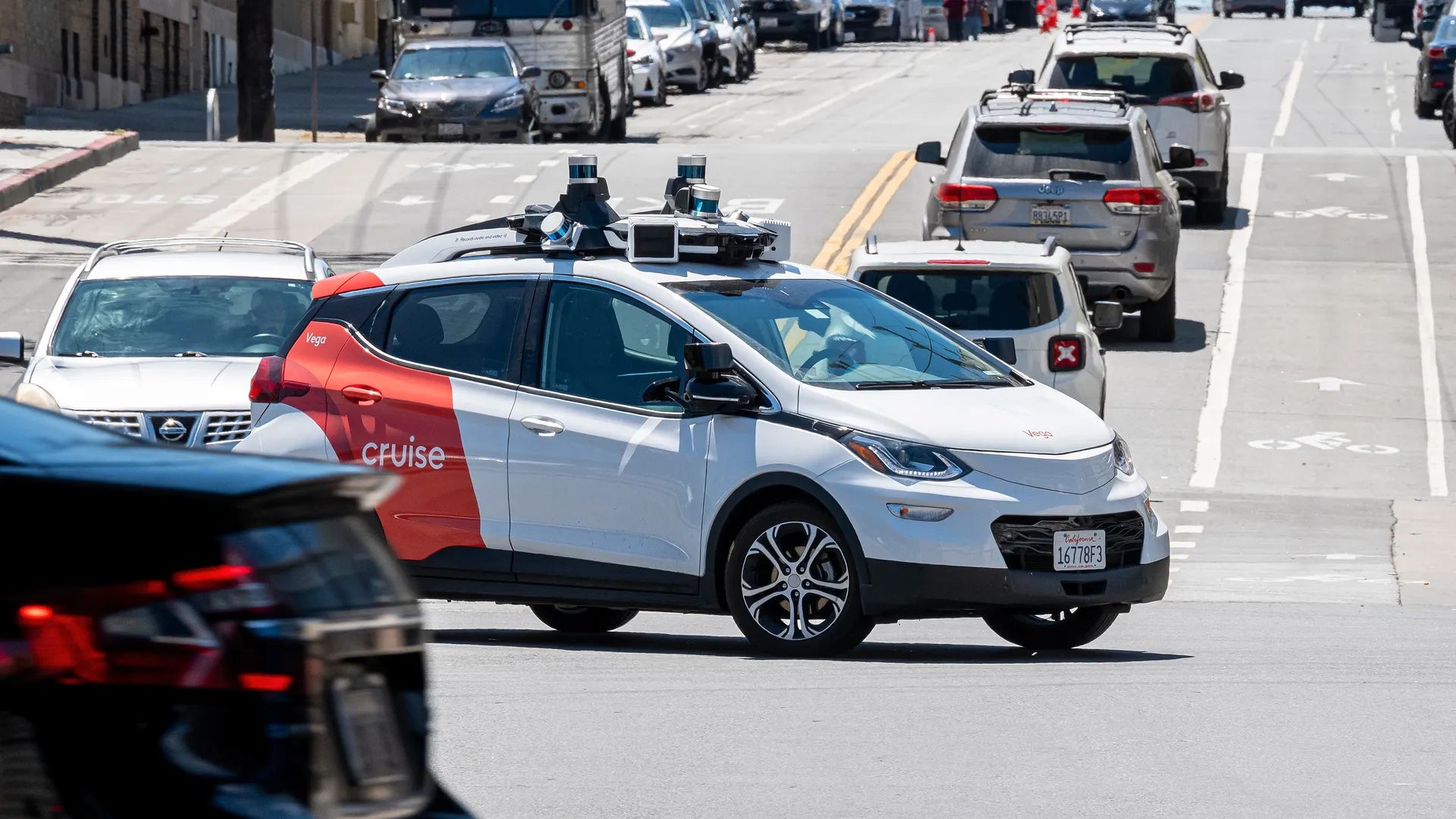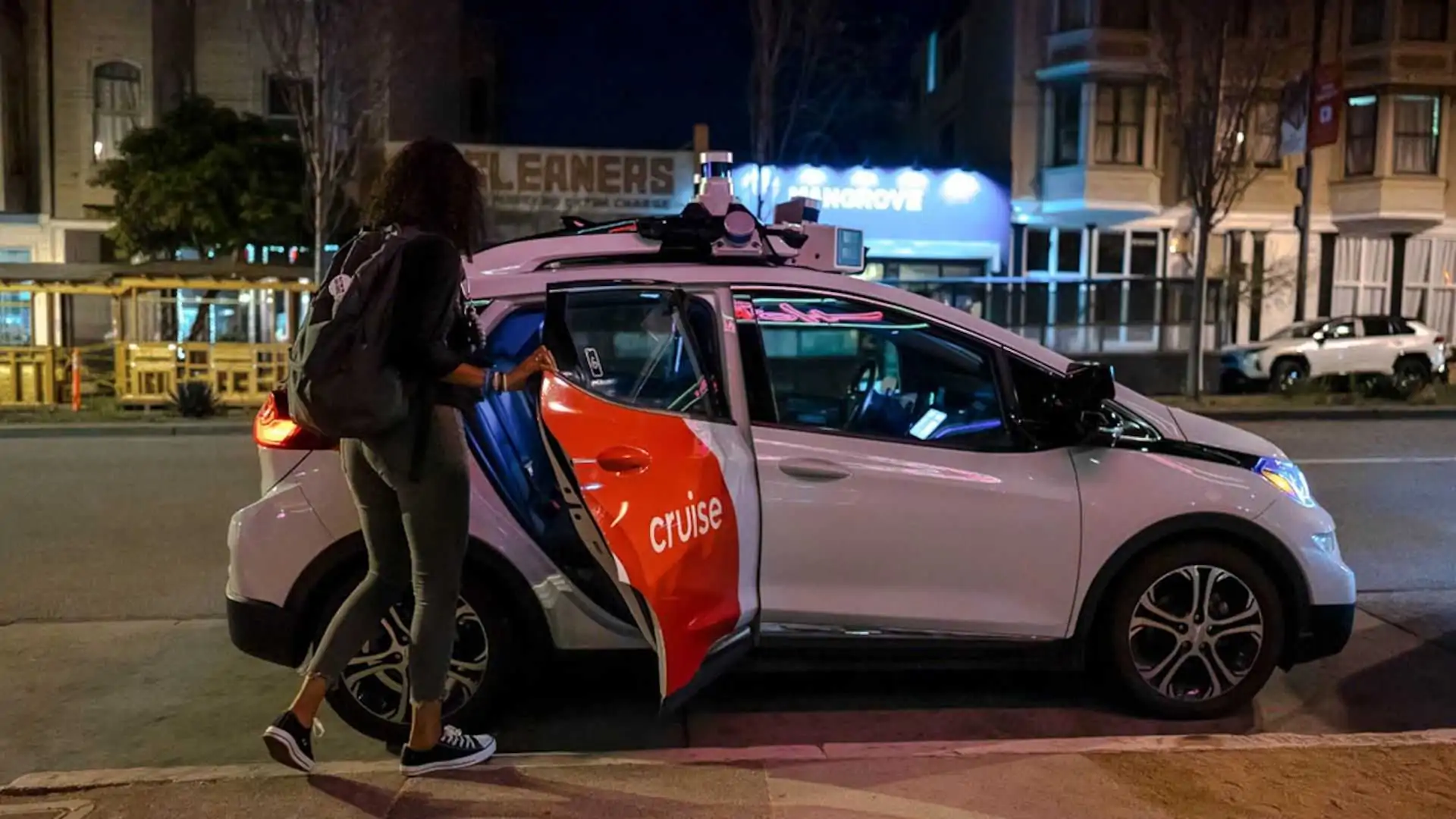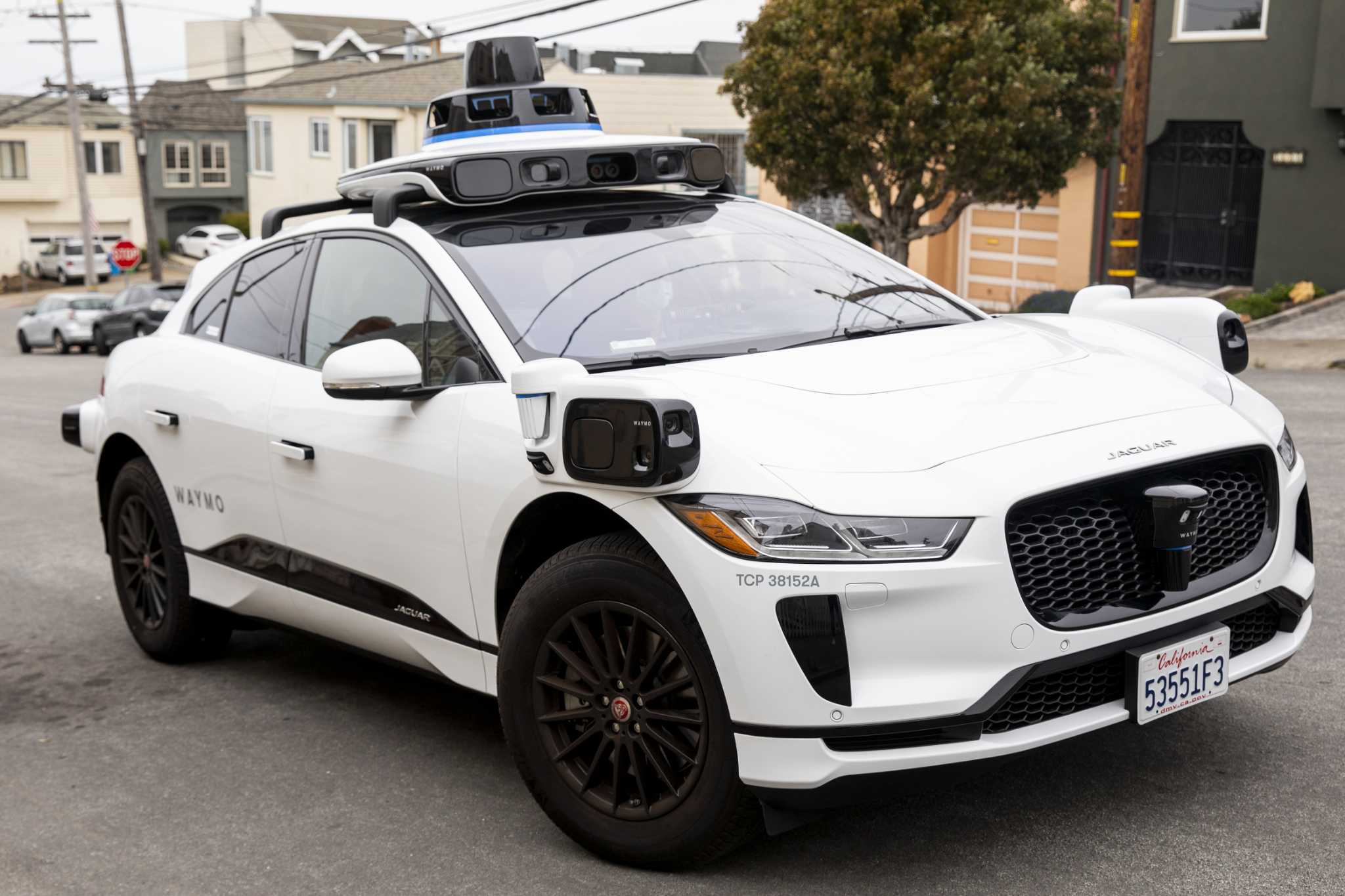Protestors gathered outside Cruise’s headquarters in San Francisco on Monday in response to reports of one of its robotaxis blocking an ambulance, resulting in the death of a patient. The incident occurred on August 14 when a driver hit a pedestrian in the city, causing emergency responders difficulty in reaching the hospital due to two Cruise robotaxis blocking the road.
Key Takeaway
Cruise denies allegations that one of its robotaxis hindered an ambulance and led to the death of a patient. Video evidence supports their claim, showing that the ambulance was able to navigate past the Cruise vehicle without significant obstruction. The incident has sparked controversy and protests, raising concerns about the expansion of robotaxi services in San Francisco.
Controversy and Denial
The San Francisco Fire Department reported the incident last week, claiming that the robotaxis hindered the ambulance’s ability to navigate the accident scene. However, Cruise denied these allegations, presenting video evidence that largely supported their claim. The company stated that their vehicle did not obstruct the ambulance, and criticized the fire department for blaming them when it was a human driver who caused the accident.
Permit Controversy
The protest at Cruise’s headquarters occurred shortly after the company and its main competitor, Waymo, were granted permits by California regulators to expand their robotaxi services in San Francisco. This decision was met with opposition from residents, ride-hail and taxi drivers, and city agencies. Concerns were raised over the companies’ robotaxis malfunctioning and causing traffic disruptions, potentially impeding the work of emergency responders.
Video Evidence
Video footage provided by Cruise supports their claim that the robotaxis did not significantly hinder the ambulance’s path. The video shows two Cruise vehicles at the scene, with one appearing to be slightly in the way of a fire truck. However, it moved out of the truck’s path and through the intersection before the ambulance arrived. The second Cruise vehicle had stopped just before the intersection, and a law enforcement officer was directing traffic around it. The ambulance was able to maneuver safely past the Cruise vehicle without any major hindrance.
Growing Incidents and Opposition
This incident is just one in a series of incidents affecting Cruise’s reputation. In recent weeks, Cruise robotaxis have caused traffic gridlocks, collided with emergency vehicles and construction equipment, and driven into wet cement. These incidents have fueled opposition to the expansion of robotaxi services in San Francisco, with protestors calling for the shutdown of Cruise and Waymo. Concerns about public safety, traffic disruptions, and job displacement have been at the forefront of the opposition’s arguments.
As Cruise continues to expand its services to new cities, it is expected that there will be further challenges and mistakes along the way. The company’s ability to navigate these obstacles and address concerns will play a significant role in determining the success and acceptance of autonomous vehicles on the roads.







